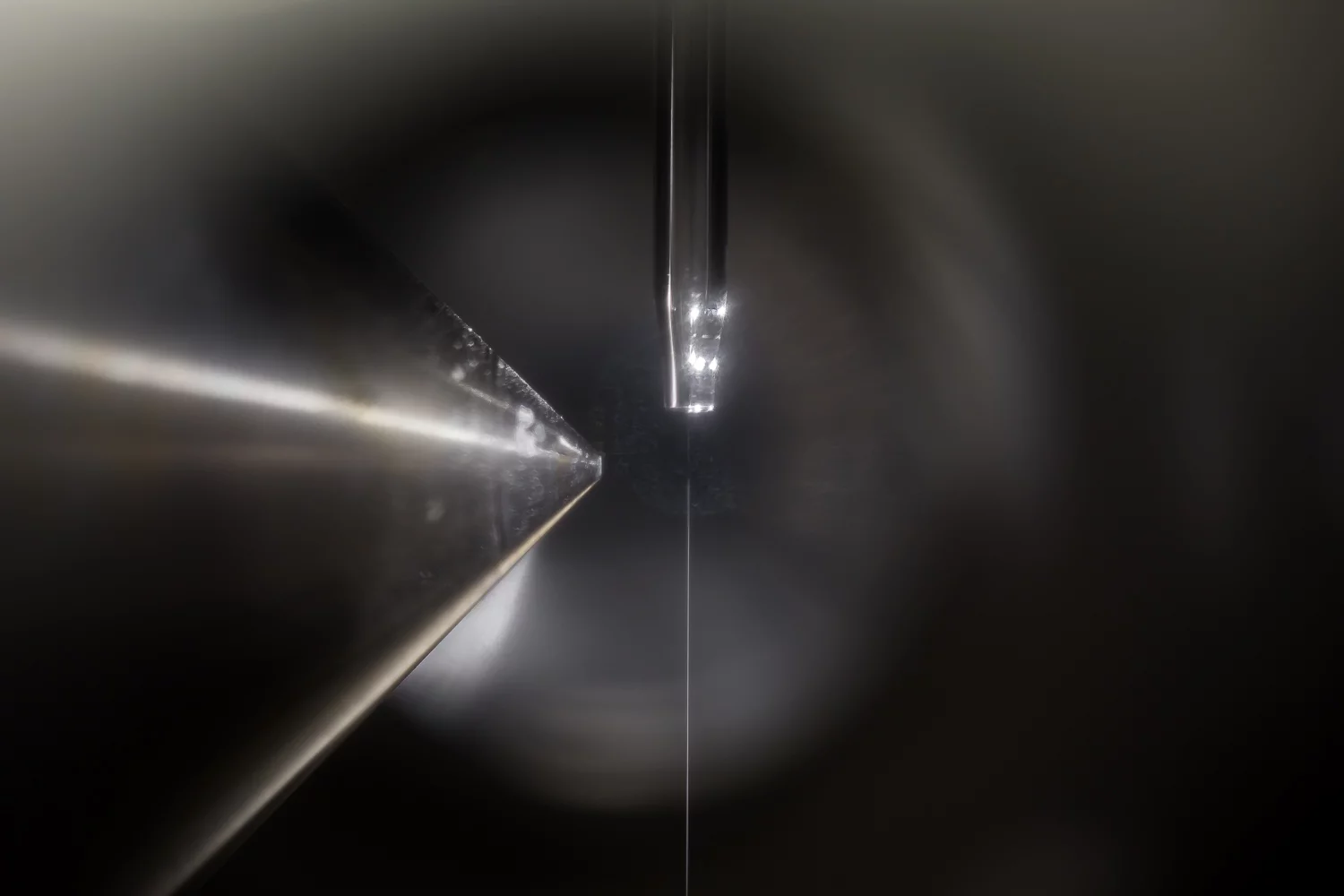A new experimental chamber coupled to the Swiss Light Source (SLS), a large-scale research facility of the Paul Scherrer Institute PSI, allows researchers to recreate atmospheric processes in the laboratory through unprecedented precision analysis involving X-rays. In their first experiments, researchers detailed how bromine molecules are formed in the air. These play an essential role in the decomposition of ozone in the lower layers of the atmosphere. With their results, the researchers have also made an important contribution to models designed to explain and predict changes in climate and air composition. In the future, the experimental setup will be available to researchers in all scientific fields and those particularly concerned with the chemistry of the atmosphere or other topics in energy and environmental research.
Oxidation of bromide in aqueous environments initiates the formation of molecular halogen compounds, which is important for the global tropospheric ozone budget. In the aqueous bulk, oxidation of bromide by ozone involves a [Br•OOO−] complex as intermediate. Here we report liquid jet X-ray photoelectron spectroscopy measurements that provide direct experimental evidence for the ozonide and establish its propensity for the solution - vapour interface. Theoretical calculations support these findings, showing that water stabilizes the ozonide and lowers the energy of the transition state at neutral pH. Kinetic experiments confirm the dominance of the heterogeneous oxidation route established by this precursor at low, atmospherically relevant ozone concentrations. Taken together, our results provide a strong case of different reaction kinetics and mechanisms of reactions occurring at the aqueous phase - vapour interface compared with the bulk aqueous phase.
Additional information
Link to the media releaseContact
Prof. Dr. Markus AmmannHead of the Surface Chemistry Research Group
Paul Scherrer Institute PSI, 5232 Villigen PSI, Switzerland
Telephone: +41 56 310 4049; E-mail: markus.ammann@psi.ch
Original Publication
A surface-stabilized ozonide triggers bromide oxidation at the aqueous solution-vapour interfaceLuca Artiglia, Jacinta Edebeli, Fabrizio Orlando, Shuzhen Chen, Ming-Tao Lee, Pablo Corral Arroyo, Anina Gilgen, Thorsten Bartels-Rausch, Armin Kleibert, Mario Vazdar, Marcelo Andres Carignano, Joseph S. Francisco, Paul B. Shepson, Ivan Gladich, and Markus Ammann
Nature Communications
DOI: 10.1038/s41467-017-00823-x

